🎯 Too Long; Didn’t Read
American travelers are now chasing stays that are the main event.
- Think treehouses, tricked-out Airstreams, or tiny homes.
- The goal isn’t just a bed. It’s about grabbing a solid story and getting a real dose of nature.
- You’ve got everything from plush adult treehouses in the Pacific Northwest to no-frills geodesic domes in the Southwest desert.
- These spots deliver total seclusion or a solid community vibe.
- What’s in it for you? Memories that last, killer photo ops, and a genuine link with nature.
Okay, but there are trade-offs. You might deal with shared bathrooms or no WiFi. Weather becomes a bigger factor—it can disrupt your plans. And you’ll need to do more prep work. The fix? Pick a spot that suits your travel style and how much comfort you’re after. Lean into the raw experience; don’t count on hotel-level ease.
Forget cookie-cutter hotel rooms. Today’s travelers crave experiences that stick. They want stories worth telling. The US hospitality scene has responded with accommodations that blur the line between shelter and adventure.
Unusual lodging transforms travel from simple transportation and accommodation into an immersive experience. It challenges comfort zones while creating lasting memories. The US offers endless options for travelers ready to sleep somewhere different.
These accommodations aren’t just places to stay – they’re destinations themselves. They prove that where you sleep can be as important as where you go. For travelers seeking stories over standard experiences, unusual lodging delivers exactly what traditional hotels cannot: the unexpected.
Types of Unusual Lodging
Treehouses and Elevated Cabins
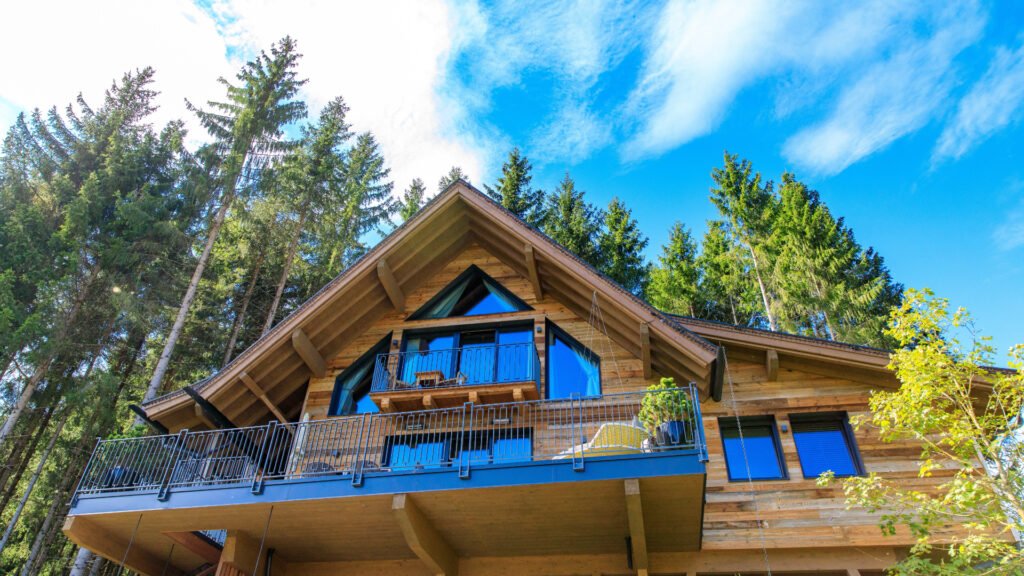
Sleeping in the branches? Not just for kids now. Grown-up treehouses are blowing up nationwide. These high-up spots run the gamut from bare-bones decks to plush pads with electricity and plumbing.
Some soar 30 feet high. Others hover just enough to skip the ground scene. The vibe? Total escape. You’re literally above the daily drill.
Vintage Trailers and Airstreams
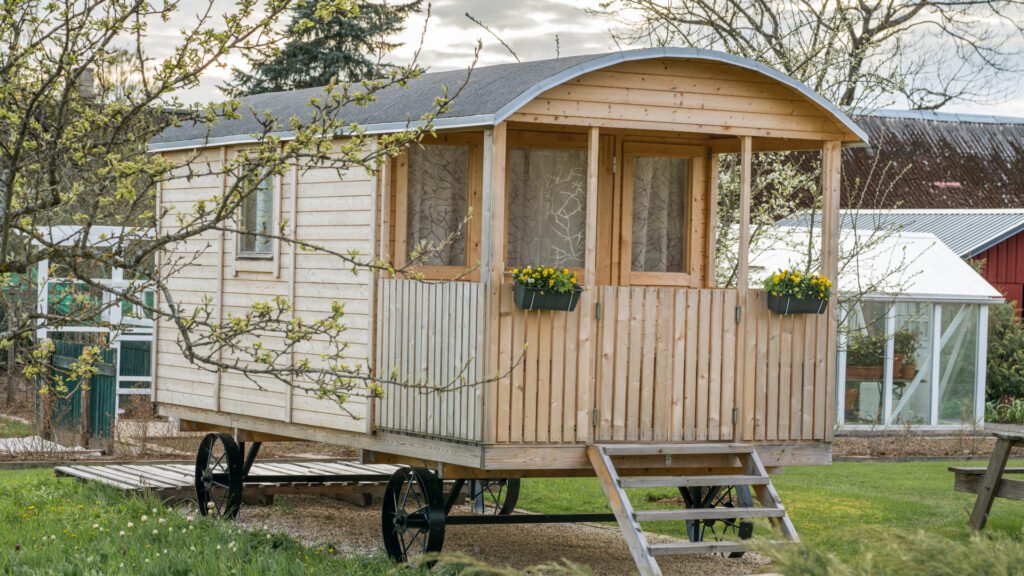
The silver bullet aesthetic holds up. Restored Airstreams and other vintage trailers possess a character most modern RVs lack. They’re mobile homes that have settled down, delivering compact living with a distinct sense of style.
Owners frequently group them into parks catering to tourists. The feel is summer camp for adults—just swap the instant coffee for a premium roast and add reliable WiFi.
Tiny Homes and Micro-Cabins
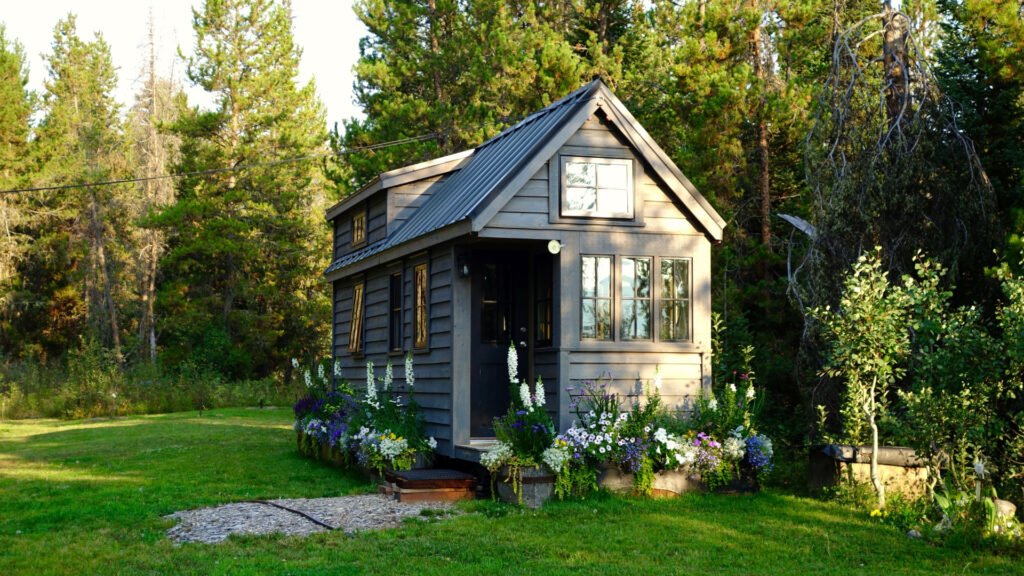
Tiny houses aren’t just a housing trend—they’ve kicked off a whole new tourism gig. These spots cram a full living setup into seriously compact areas, like 200 square feet or under.
The hook? It’s all about testing whether you can handle a space no bigger than a walk-in closet. Most folks find out it’s totally doable. Some even end up liking it better.
Converted Vehicles
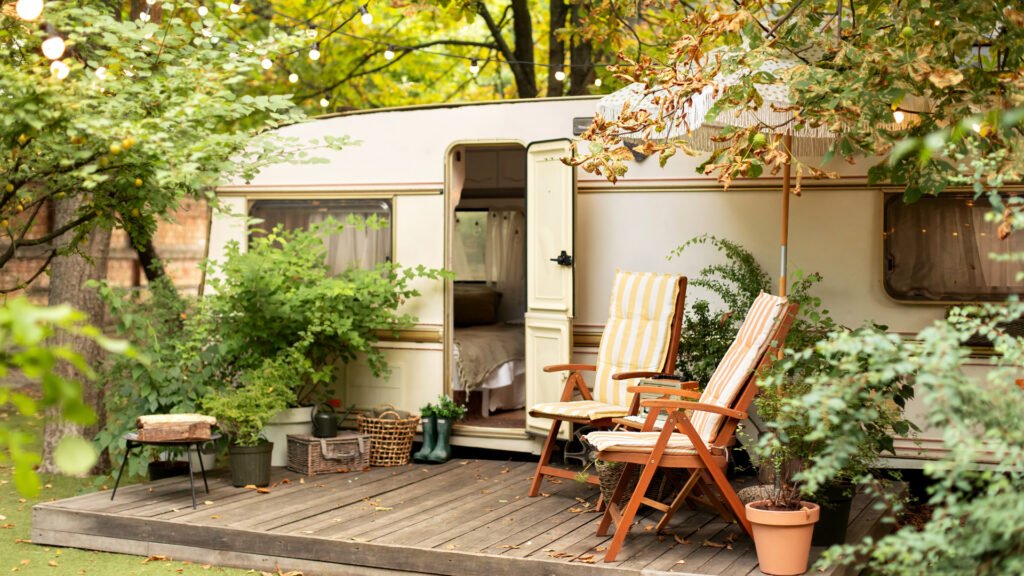
School buses, trains, boats – if it once moved people or cargo, someone’s probably turned it into lodging. These conversions showcase creativity and resourcefulness.
A retired train car becomes a bedroom suite. A city bus transforms into a mobile hotel room. The transportation history adds character that purpose-built accommodations lack.
Unique Natural Settings
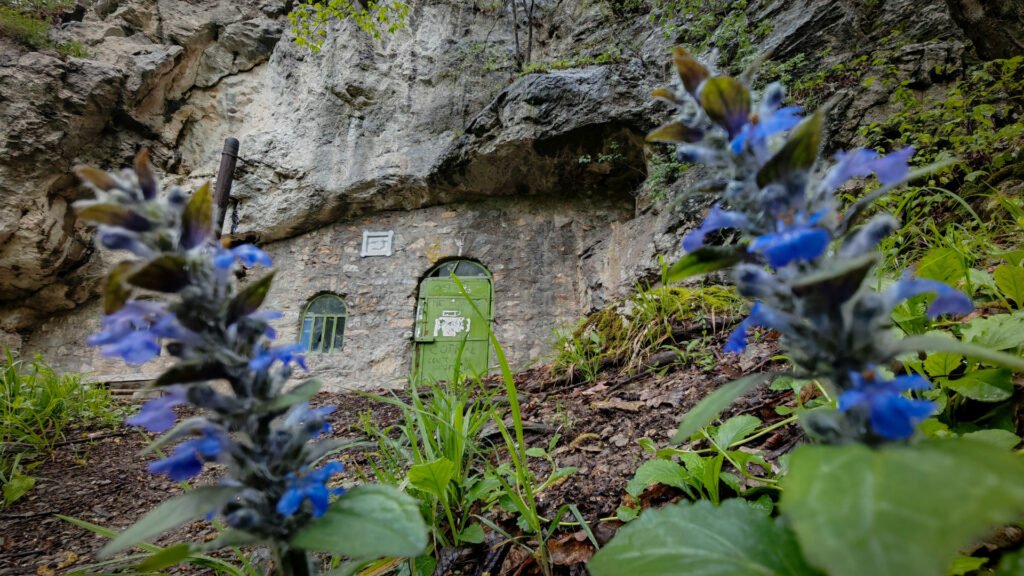
Caves offer natural climate control and acoustics that modern construction can’t replicate. Yurts provide nomadic luxury. Geodesic domes create space-age living pods.
These structures work with their environment rather than fighting it. The setting becomes part of the accommodation package.
Themed Accommodations
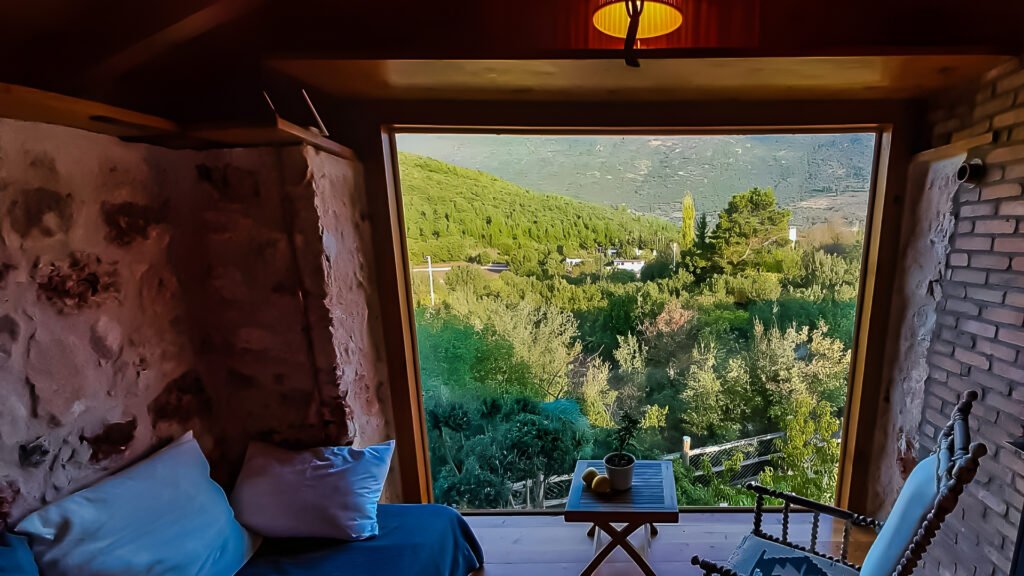
Want to sleep in a castle? Several exist. Prefer a UFO experience? Those too. Ice hotels melt and rebuild seasonally. Fantasy becomes reality for a night or week.
Theme lodging turns accommodation into entertainment. The building itself provides the attraction.
Top US Destinations for Unusual Lodging
Pacific Northwest
Treehouse stays in Oregon and Washington? They’ve nailed it. The climate works for year-round ops. Dense forests mean seclusion and a solid vibe.
Eco-culture here champions sustainable travel. Many properties harness renewables and composting toilets, but comfort stays top-notch.
Southwest Desert and Canyon Lodges
In Arizona, Utah, and New Mexico, the terrain dictates the design. Dome tents wedge into the curves of red rock. Subsurface cave dwellings offer a reprieve from the oppressive desert heat.
This entire lodging scene prioritizes the night sky. The darkness out here is absolute, a stark contrast to the washed-out glow of the city. You see a cosmos most people can only imagine.
Southern States
The South specializes in historic conversions. Plantation homes become boutique inns. Cotton mills transform into loft-style accommodations.
These properties carry complex histories. The best ones acknowledge their past while creating inclusive present experiences.
Midwest Quirky Lodgings
Converted barns pepper the Midwest, from Ohio straight through to Nebraska. Old grain silos, those rusted steel monoliths, now house circular rooms. Farmsteads get in on the action, offering agritourism and a place to crash for the night.
It proves a point: you don’t need epic scenery. The flat prairies and this deep agricultural heritage have their own honest charm. The appeal is in the working landscape itself.
Alaska and Northern States
Ice hotels operate seasonally in Alaska and northern Minnesota. Construction begins when temperatures drop. Spring melting forces annual rebuilds.
Remote cabins offer true isolation. Some require bush plane access. Others sit at the end of single-track roads. The journey becomes part of the experience.
Experiences Offered by Unusual Lodging
Immersive Nature and Wilderness Access
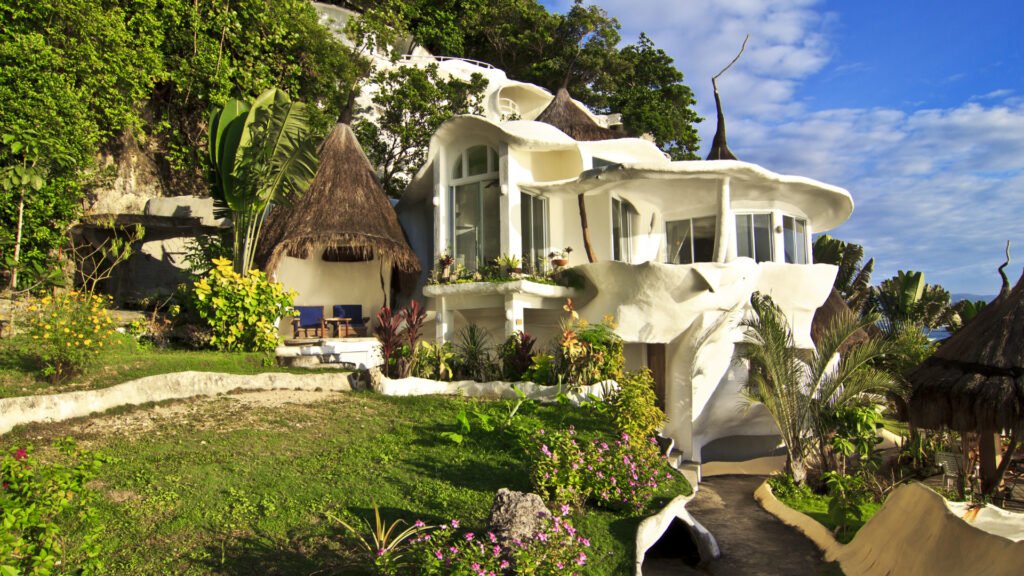
Standard hotels insulate guests from their environment. Unusual lodging does the opposite. Thin walls, open designs, and remote locations connect visitors directly with nature.
You hear wildlife at night. Weather affects your comfort level. Seasons determine your activities. The accommodation doesn’t shield you from these realities – it enhances them.
Privacy and Seclusion vs. Community Vibes
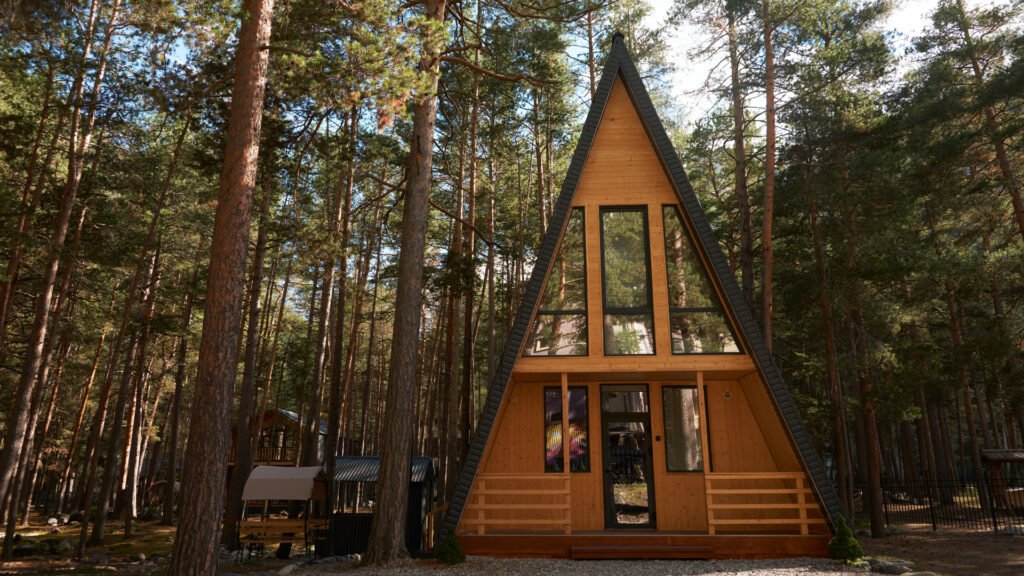
Some unusual lodging emphasizes isolation. Your nearest neighbor might be miles away. Perfect for digital detox or intimate getaways.
Others create intentional communities. Shared common areas encourage guest interaction. Group activities bring strangers together. The social aspect becomes central to the experience.
Adventure and Outdoor Activities
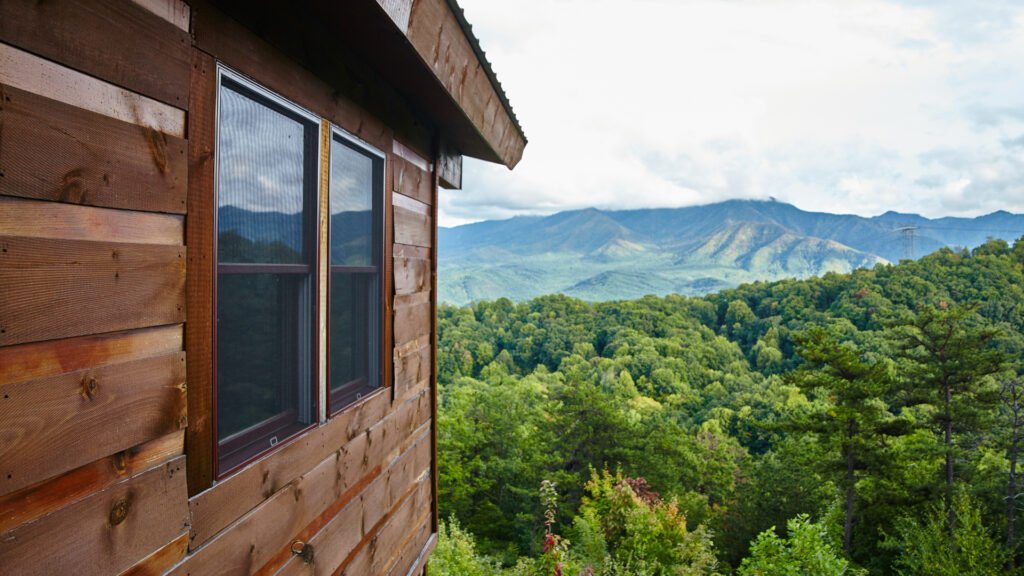
Your location dictates the playbook. A mountain cabin means strapping on boots to hike or climb. By the water, you’re launching a kayak or casting a line. Desert lodges? That’s for navigating constellations and scrambling up rock faces.
The real advantage often comes from the owners. They’ve got the intel: unmarked trails, swimming spots the crowds miss, the precise ledge for first light. That inside knowledge transforms a simple stay into a guided experience.
Photogenic and Instagram-Worthy Stays
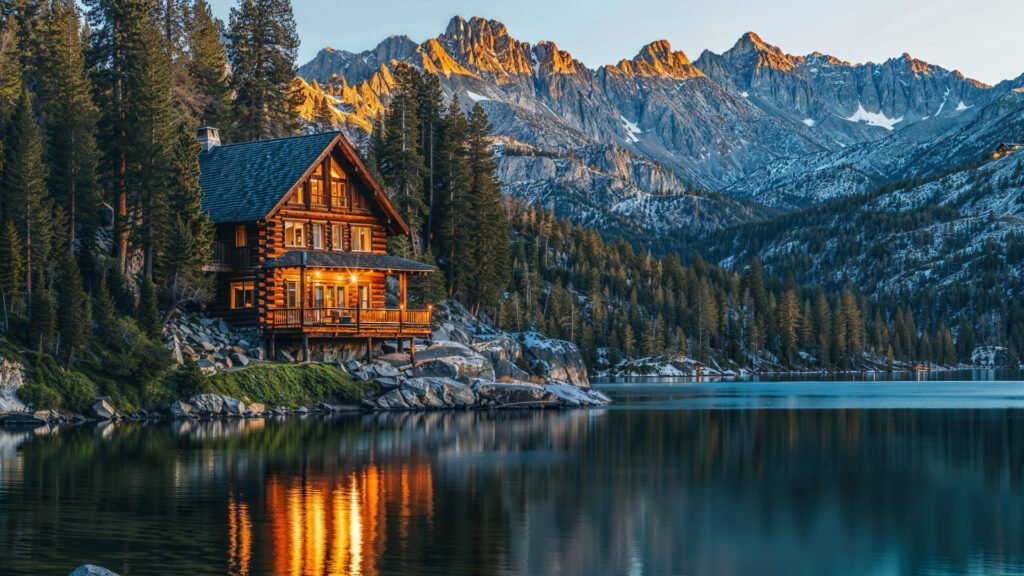
Unusual lodging photographs well. The structures themselves create compelling images. Unique settings provide backdrop variety that hotel rooms can’t match.
Social media has amplified this appeal. A single viral post can transform obscure properties into booking magnets. Visual appeal drives modern travel decisions.
How to Choose the Right Unusual Lodging
Aligning Accommodations with Travel Goals
Define your priorities before browsing options. Seeking relaxation? Remote cabins work better than party-oriented trailer parks. Want adventure? Choose locations with activity access over pure luxury.
Consider your travel companions. Romantic getaways require different accommodations than family reunions. Group dynamics affect space needs and privacy preferences.
Considering Accessibility and Amenities
Unusual often means limited. Treehouses require ladder climbing. Remote cabins might lack cellular service. Cave accommodations could trigger claustrophobia.
Make honest assessments of physical limitations and comfort requirements. A weekend without indoor plumbing might sound adventurous until nature calls at 3 AM.
Booking Tips and Seasonal Nuances
Many unusual properties operate seasonally. Ice hotels obviously close when temperatures rise. Desert accommodations might shut down during summer heat waves.
Book early for peak seasons. Limited inventory means popular dates fill quickly. Consider shoulder seasons for better availability and pricing.
Weather affects unusual lodging more than traditional hotels. Check cancellation policies. Understand what happens if conditions make your stay uncomfortable or impossible.
Benefits and Challenges
Unique Memories and Storytelling Value
Hotel stays blur together. Unusual accommodations create distinct memories. Years later, you’ll remember sleeping in that treehouse or converted train car.
These experiences generate stories worth sharing. They become conversation starters and social media content. The accommodation itself becomes a destination.
Potential Drawbacks
Limited facilities come with the territory. Shared bathrooms, outdoor showers, and composting toilets aren’t for everyone. Technology might be spotty or nonexistent.
Weather dependence increases significantly. Rain turns outdoor spaces unusable. Heat makes small spaces uncomfortable. Cold weather tests heating systems not designed for extreme conditions.
Tips for a Smooth Stay
- Pack appropriately. Bring layers for temperature changes. Include flashlights for properties with limited lighting. Consider portable phone chargers if electrical access is uncertain.
- Communicate with owners beforehand. Ask about amenities, access routes, and local conditions. Their insights prevent surprises and improve your experience.
- Set realistic expectations. Unusual doesn’t always mean comfortable. Sometimes it means trading convenience for novelty.
- Embrace the experience fully. Don’t spend your treehouse weekend complaining about WiFi speed. Accept limitations as part of the adventure.
❓FAQ❓
Are unusual lodgings family-friendly?
Not every rental works for families. Treehouses and tiny homes present real issues: watch for steep ladders or low railings. Interior space is often tight. Do your homework on the layout before booking.
How do unusual stays impact local communities?
These initiatives frequently boost local economies and champion eco-tourism. But when visitor numbers surge in sensitive natural areas, the result is often strain.
Can I find pet-friendly unusual lodging?
Sure, some treehouses, cabins, and vintage trailers allow pets. But their rules? They’re all over the place. Always hit up the host to confirm before you book.
What are common sustainability practices in unusual lodging?
Folks often harness solar power, install composting toilets, and collect rainwater. Sourcing materials locally is another common approach. These methods help cut environmental impact.
Are these lodgings safe from wildlife encounters?
Your host usually clues you in on local wildlife. Lock up your grub and stick to the safety steps—it cuts down on dangers.

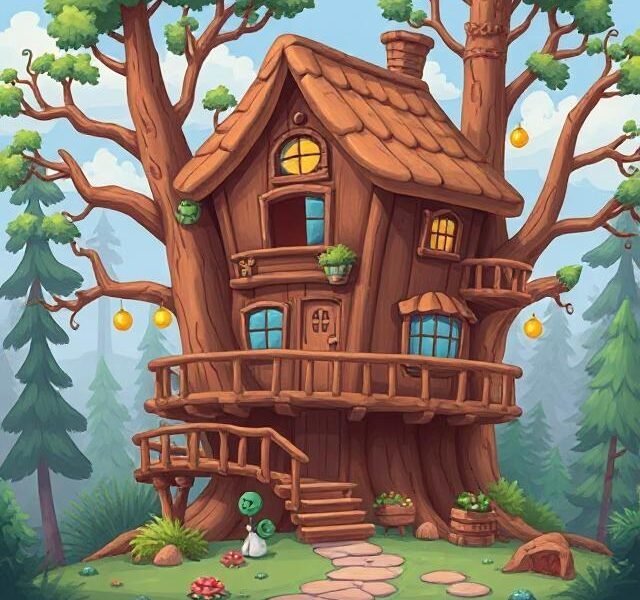




0 Comments